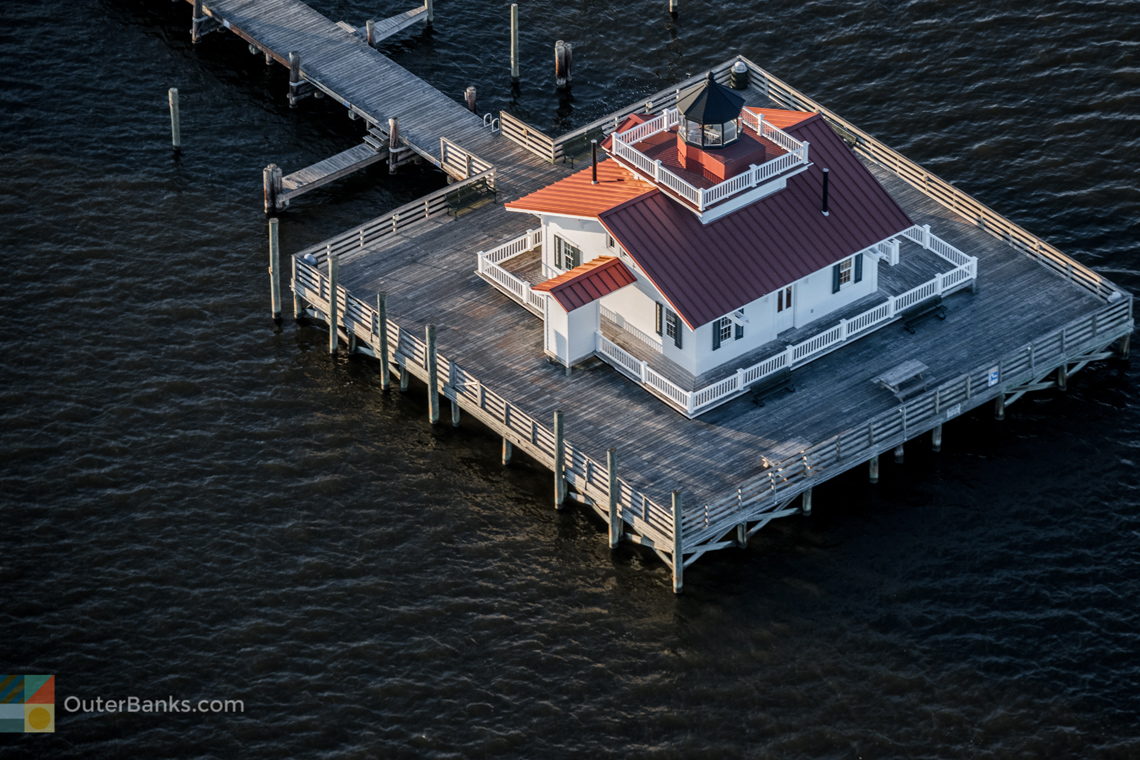The Ocracoke Wild Horses, or "Banker Ponies" are easily Ocracoke's oldest residents, and have been plodding along the island for the last few hundred years. These famed horses are arguably one of the island's top attractions, and can be easily admired by any Ocracoke visitor via a quick trip to the National Park Service's Ocracoke Pony Pen.
History of the Ocracoke Wild Ponies
The roots of the Ocracoke Wild Horses are somewhat unclear, but are tied to European shipwrecks of the late 16th Century.
During this time period, ships would often run aground along the offshore Diamond Shoals, a dangerous cluster of shifting sandbars. Once stuck, ships would be forced to overthrow their heaviest and most expendable cargo, which typically included livestock. As a result, the prized Spanish mustangs would be thrown off the boat, with many remarkable surviving, and finding their way to the shorelines of the NC Coast. Because of this common practice, Banker ponies are found in Ocracoke, Corolla, and along the Shackleford Banks of North Carolina.
The Ocracoke ponies are thought to be descendants of a late 1500s shipwreck, the Tiger, which explored the Eastern Seaboard under the direction of Sir Richard Greenville. After landing on Ocracoke, the horses had the island all to themselves for several centuries, until the eventual arrival of new settlements.
While many of the horses remained wild throughout the next few hundred years, some were captured and tamed by local residents. In fact, teams of wild horses were eventually used by the US Lifesaving Service for hauling supplies and for beach patrols, in the 1800s and during both the World Wars in the 1900s.
In the 1950s, as ferry service to Ocracoke Island was established, and the paved NC Highway 12 began to be constructed, locals were concerned about the future of the wild horses with the impending influx of new tourists. A community group, spearheaded by the local Ocracoke Boy Scout Troop, began to petition the newly established National Park Service (NPS) to protect the wild horses. In response, the NPS partitioned off a 180 acre parcel of the island's northwestern soundside in 1959 to serve as an undisturbed sanctuary for the wild ponies.
First recorded by locals in 1730, at one point Ocracoke Island boasted 300 or so wild horses, but today less than 20 horses call the island home. This remaining herd has been fenced in and protected by the NPS since the 1960s, and continue to be some of the island's most beloved local legends.
About the Ocracoke Wild Ponies
The Ocracoke Wild Horses are full-grown, but look distinctively smaller than modern mustangs, hence the moniker "Ocracoke Wild Ponies." The average Banker pony stands between 13 and 14.3 hands, weighs 8,000 - 1,000 pounds, and is distinctively squat and stocky.
The breed shares the traits of the Colonial Spanish mustangs, with five instead of six vertebrae, and a broad forehead. The colors of the horses vary widely, but the herd on Ocracoke Island is primarily brown, bay, dun, or chestnut. The horses are docile, but are nevertheless inherently feral, and as such, should not be approached.
Visiting the Ocracoke Wild Ponies
Visitors can catch a glimpse of the Ocracoke Wild Ponies with a trip to the NPS Pony Pen, which is located just a few miles south of the Hatteras ferry terminal. When planning a visit, be sure and keep the following NPS regulations, facts and considerations in mind.
- The Ocracoke Pony Pen is located on the soundside of NC Highway 12, and comprises of a large parking area, a couple of informational kiosks, and a path across the street that leads to the ocean shoreline. There are also seasonally available public restrooms.
- NPS feeding stations are positioned close to the Ocracoke Pony Pen parking area, which makes it the best vantage point to catch a glimpse of the wild horses. With that being said, visitors may also spot the horses if they look closely along the soundside while driving on NC Highway 12 in the northern region of Ocracoke Island.
- There is no guarantee that the horses will be visible at the Ocracoke Pony Pen. As such, visitors are encouraged to stop by several times during their trip, to enjoy different views of the varying horses that stroll in and out of the feeding stations.
- The Pony Pen is free for all visitors, and is able to be visited 24 hours per day.
- The Pony Pen is bordered by a high wooden fence. Visitors should never attempt to climb over the fence for a closer view of the wild ponies. It is also illegal to attempt to feed, pet, or otherwise attract the wild horses. (Taking photos, however, is completely fine.)
- The NPS is responsible for the care and feeding for the horses, although donations are always graciously accepted and encouraged.
- The NPS has an "Adopt a Pony" program, which allows visitors to adopt a local Ocracoke pony and help with its feed, care, and veterinary fees. For more information, access the National Park Service website at http://www.nps.gov/caha/supportyourpark/adoptapony.htm.





